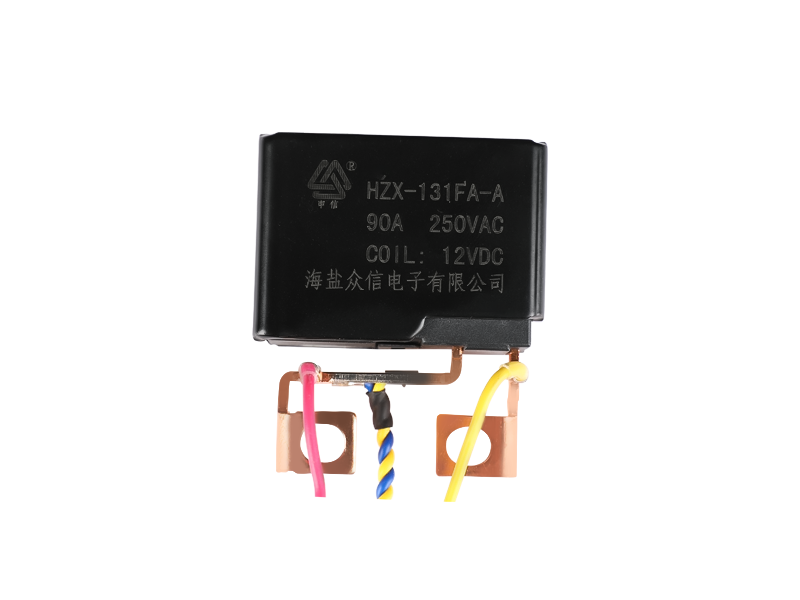Depending on the application, the electrical power you are using, and the size and functionality of the device, you can choose between different types of
electromagnetic relays. You can even buy one that will come with a one-stop learning guide.
To test an electromagnetic relay, you can use a regulated power supply and an ammeter to monitor the voltage and current. When you hear a release sound, you should record the voltage and current and make a note of these values. Relays will normally have a release voltage of 10 to 50% of the pull-in voltage. A release voltage that is lower than this can adversely affect the relay's ability to operate, reducing the circuit's stability and reliability.
In the circuit diagram, the movable armature represents the coil of an electromagnetic relay. The contacts are usually either normally open or closed, and the text symbol is placed next to each. The contacts are represented by a long box or in separate control circuits. When there are two coils, the long boxes should be positioned parallel to each other. You can also mark which contacts belong to the same group. These contacts are numbered to make it easy to differentiate between them.
An electromagnetic relay generally consists of an iron core and a coil of wire. When a voltage is applied to the coil, it generates an electromagnetic effect that attracts an iron armature and closes a static or moving contact. When the voltage is removed, the coil is de-energized and the armature returns to its original position by the reaction force of the spring. This is the most common type of electromagnetic relay. In general, an electromagnetic relay can be used to switch high and low-voltage sources.
The operating time of an electromagnetic relay depends on the type of structure. Induction cup structures are more efficient at producing torque compared to shaded-pole or watt-hour-meter structures. If a secondary winding fails to work properly, the relay will not function. The operating voltage of a relay is not more than 1.5 times its working voltage. Otherwise, it will burn the coil. It is vital to check for the operating voltage of your relay before using it.
In addition to the voltage and current, an electromagnetic relay uses magnetic flux to produce an operating quantity. The force on a moving element is proportional to the square of its current and flux in the air gap. If the force is greater than the restraining force, the relay operates. This is an ideal example of a non-causal electromagnetic relay. There are many other types of electromagnetic relays.

-
- 90A switching capability
- Very minimal power consumption from the coil
- 9mm creepage distance
- 4KV dielectrics strength coil to contact
- In accordance with IEC62055-31:UC2
- Outline dimensions:(36*30*16.5)mm
- CE,CQC compliant
- RoHS,UL compliant









